
What is CE EN1077 Certification?
Ski Helmet CE certification Standard
Skiers and participants in other winter sports (such as snowboarding) are at risk of injury if an accident occurs. Due to the nature of winter sports, many accidents involve high-speed collisions between skiers or snowboarders and other people or objects on the course. Therefore, it is recommended that skiers and snowboarders wear protective helmets to help prevent head injuries. The current European standard for such head protection is EN 1077:2007. This standard covers two types of head protection, referRED to as “Class A” and “Class B.”
Class A Helmet Requirements
In addition to providing shock absorption protection for the head, Class A helmets also need to cover the ears and protect them from mechanical hazards such as abrasion. Another requirement is that no part of the helmet in the entire minimum protection area can be detachable. For example, Class A helmets cannot have detachable covers over the ears. However, shock absorption is not required for the area covering the ears. Small openings above the ear area are allowed for ventilation and to aid hearing.
Figure 1: Coverage Areas of Class A and Class B Ski Helmets
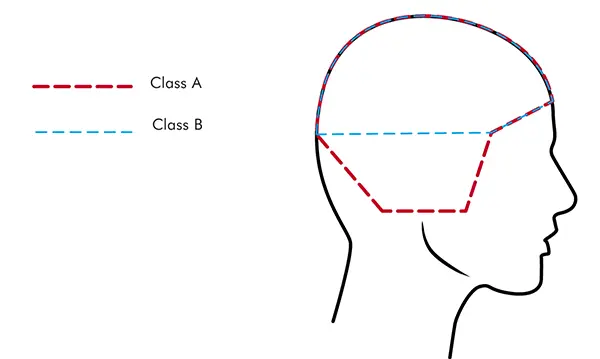
EN 1077 is arguably the most common standard for snow sport helmets.
CE EN 1077A/B - Ski and Snowboard Helmets
Ski and snowboard helmets need to meet six main requirements to be certified:
1. Field of Vision
- Ensuring the helmet design does not interfere with the user's field of vision.
2. Coverage Area
- Ensuring the helmet covers all necessary parts of the head.
3. Shock Absorption Capacity
- The most crucial aspect is the helmet's shock absorption capacity. This is tested in a specialized apparatus where the helmet is dropped at a speed of 5.42 m/s onto a solid metal anvil with a 4 kg metal head inside. An accelerometer inside the metal head measures the impact force. Helmets are tested under three conditions: room temperature, -25ºC, and after artificial aging. Each helmet is tested in mULtiple areas (top, sides, back, and front). For any impact, the peak acceleration must not exceed 250G.
4. Penetration Resistance
- While skiing or snowboarding, poles, skis, or branches may penetrate the helmet. Penetration resistance is tested by dropping a 3 kg hammer from 75 cm onto a sharp, conical metal punch placed on the helmet. The tip of the metal punch must not contact the head inside the helmet.
5. Retention System Performance
- This test covers the strength and effectiveness of the retention system (straps), i.e., the ability of the straps to keep the helmet securely fastened to the head.
6. Durability
- After all these tests, the helmet should not show any damage that would cause additional harm to the wearer.
EN 1077 Standard Test Items
Product Testing
Before testing, each helmet undergoes three pre-treatments: exposure to room temperature (20°C), low temperature (-25°C), and artificial aging. The duration of the room temperature and low-temperature pre-treatments is at least four hours, with no specified maximum.
The artificial aging procedure includes a series of exposures:
1. At 70°C for at least 48 hours,
2. At room temperature for at least 4 hours,
3. Exposure to a 125W UV light source for 48 hours,
4. At room temperature for at least another 4 hours.
Sample Size
Within the specified size range, four helmets are required for each standard headform. Standard headform circumferences are 495 mm, 535 mm, 575 mm, 605 mm, and 625 mm. For example, if a helmet claims to fit a head size of 56-59 cm, only four helmets need to be tested (since the 575 mm headform is the only one fitting this range). However, for helmets claiming to fit head sizes of 56-61 cm, eight helmets are required as it covers two headform sizes (575 mm and 605 mm).
Shock Absorption Testing
Shock absorption tests are conducted using an instrumented headform on a drop rig. The impact speed needs to be 5.42 m/s (theoretically equivalent to a drop height of 1500 mm). For each headform size, three helmets are tested—one for each pre-treatment process. For each impact, the synthetic acceleration of the headform must not exceed 250g (gravitational acceleration), where g = 9.81 m/s². The impact surface is a flat steel anvil with a diameter of 130 mm. The minimum performance requirement is similar to the protection level provided by typical bicycle helmets. All impacts must occur within the specified protection coverage area, but each helmet sample is only impacted once at each of two points, at least 100 mm apart.
Penetration Resistance testing
Penetration resistance testing evaluates the helmet’s resistance to penetration by pointed objects. The drop impacts a conical punch in contact with the helmet shell surface, with penetration indicated by a dent or mark on a soft metal insert on top of the hardwood headform. For Class A helmets, the required impact speed is 3.84 m/s (theoretically equivalent to a drop height of 750 mm). For Class B helmets, the required impact speed is 2.71 m/s (theoretically equivalent to a drop height of 375 mm).
Helmets used for penetration resistance testing are first subjected to one of three conditioning options, whichever is expected to produce the most unsatisfactory result. Tests are conducted at three locations on the helmet.
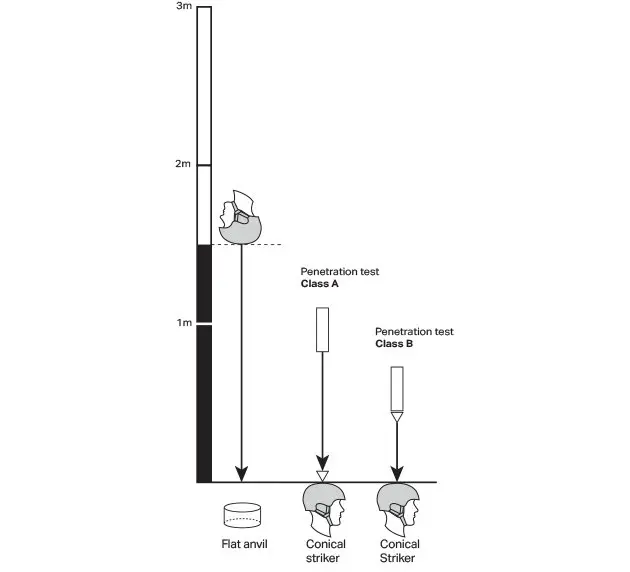
Retention System Testing
The standard recommends that the release mechanism of the retention system—usually a plastic quick-release buckle—be colored red or orange. Additionally, no part of the retention system should be green.
Retention system performance requirements and test methods ensure that under dynaMIC load conditions, the system does not stretch or slip significantly and can be released after any incident. This test is conducted on helmets selected for penetration resistance testing.
Retention system effectiveness tests ensure that the helmet stays on the head when subjected to rotational forces. This test is conducted on helmets conditioned at room temperature before shock absorption testing.
Additional Tests
Other tests include assessing the field of vision to ensure the wearer’s sight is not obstructed:
1. Within a 105° angle to the left and right,
2. Up to a 25° angle upwards,
3. Up to a 45° angle downwards.
Marking and user information evaluation is typically part of the testing process. Markings must be easily identifiable by the user and remain clear throughout the helmet's lifecycle. Markings include the following:
- Standard number (EN 1077)
- Manufacturer's name or trademark
- Model name
- Category name (e.g., “Helmet for alpine skiers and snowboarders - Class A”) or “Helmet for alpine skiers and snowboarders - Class B” (as applicable)
- Size or size range in cm for the intended head size
- Helmet weight (in grams) rounded to the nearest 50 grams
- Year and quarter of manufacture.
Manufacturer's Information
Must include instructions on maintenance, cleaning, storage, suitable accessories, how to adjust the helmet for the wearer, and how the helmet should be positioned on the head. Additionally, there must be warnings about the shell being adversely affected by contact with hydrocarbons, cleaning fluids, paints, transfers, or other foreign substances. There should also be a warning that helmets subjected to a severe impact should be discarded. Finally, it should be stated that Class A and Class B helmets are suitable for alpine skiers, snowboarders, and similar groups. Class A helmets offer relatively more protection. Class B helmets may provide better ventilation and hearing but cover a smaller area of the head and offer lower penetration protection.
Durability
Helmets must be durable. This is assessed through visual and tactile evaluation after testing. Damage to the helmet resulting from shock absorption and penetration tests that leads to sharp edges or points indicates a lack of durability.
In Europe, all such helmets are considered intermediate-level personal protective equipment. This means that before manufacturers can apply the CE mark, make an EC declaration of conformity, and place the product on the market, they must undergo EC type-examination. SATRA can conduct the necessary tests and EC type-examination work.
Helmet Related Standard Testing Services
- CE EN 1077A/B - Ski and Snowboard Helmets
- ASTM F2040 - Standard Specification
- FIS RH 2013
- EN 12492 - Mountaineering Helmets
- CE EN 1078 - Bicycle Helmets
- CPSC 1203 - Bicycle Helmets
- CE EN 1385 Class I/IV - WW and Canoe Helmets
- CE EN 1621 - Armor for Body Parts, Back, and Spine Protectors
Email:hello@jjrlab.com
Write your message here and send it to us
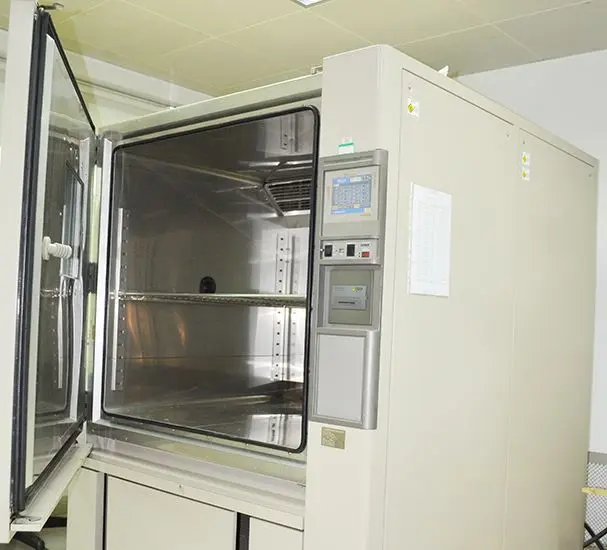 How to Test IP68 Rating
How to Test IP68 Rating
 Differences Between FDA and LFGB for Food Contact
Differences Between FDA and LFGB for Food Contact
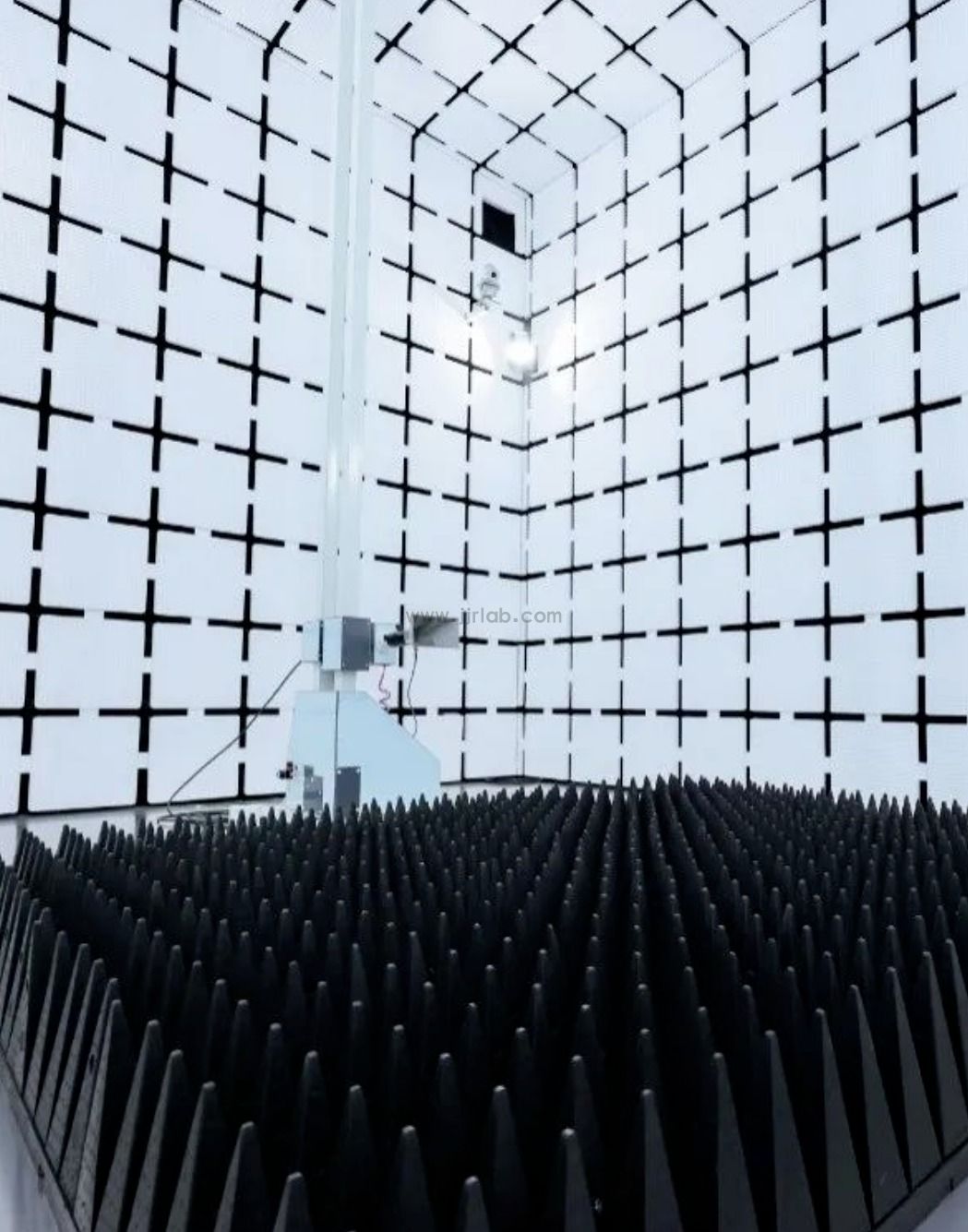 Process and Precautions for Amazon CPC Certificate
Process and Precautions for Amazon CPC Certificate
 E-mark Certification Testing Service Laboratory
E-mark Certification Testing Service Laboratory
 Amazon ISO/IEC 17025 UL Testing Service Laboratory
Amazon ISO/IEC 17025 UL Testing Service Laboratory
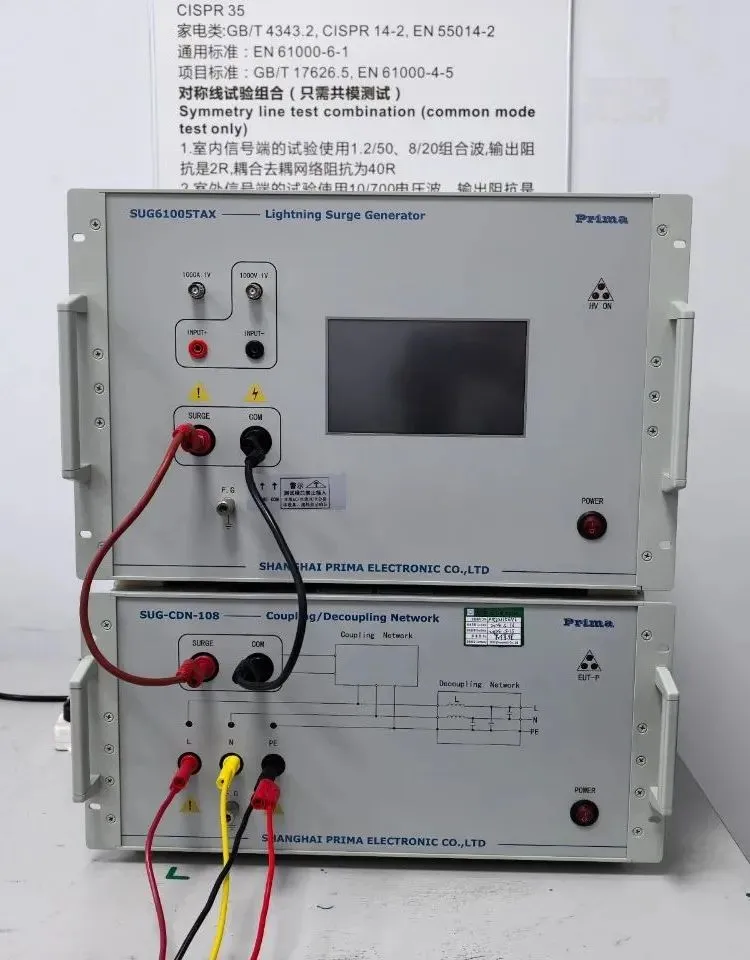 How to get CE Certification for Lighting Products?
How to get CE Certification for Lighting Products?
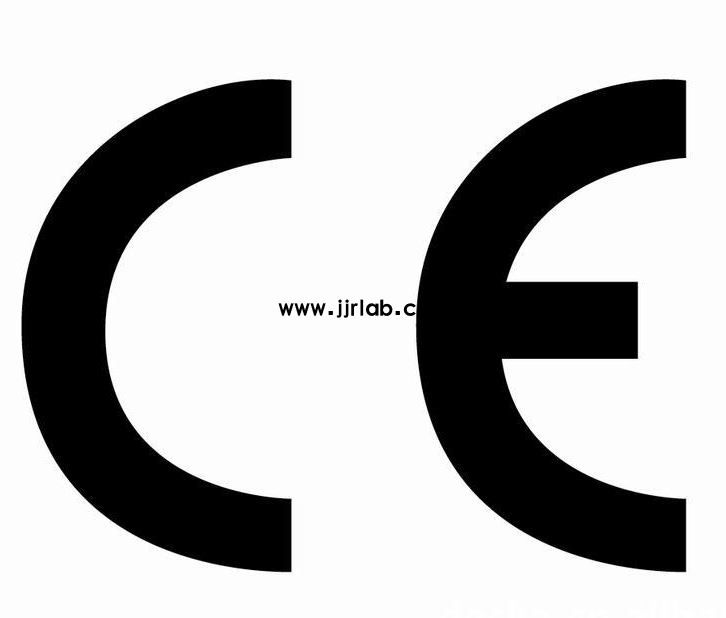 CE Certification Standards & Process for Elect
CE Certification Standards & Process for Elect
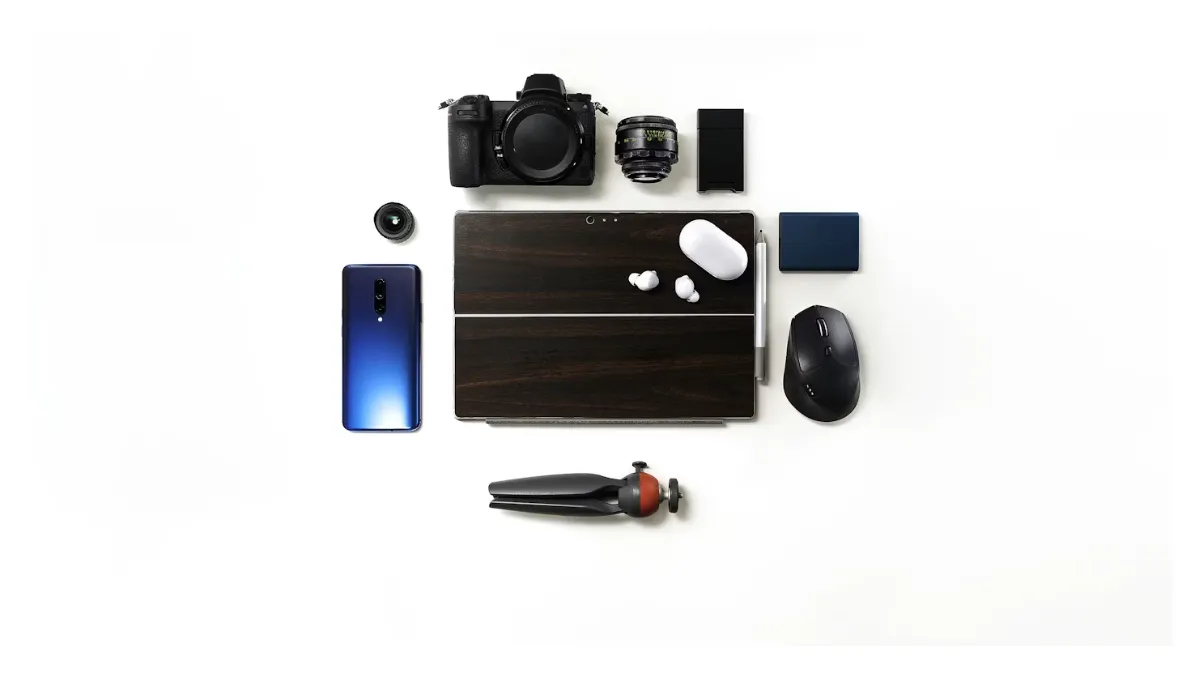 Japan METI Registration & Japanese Agent Servi
Japan METI Registration & Japanese Agent Servi
Leave us a message
24-hour online customer service at any time to respond, so that you worry!




